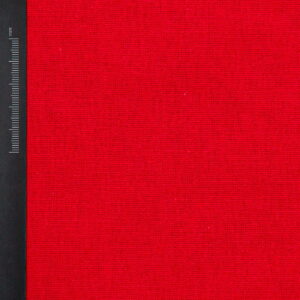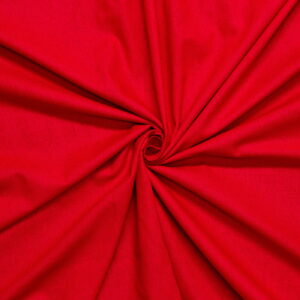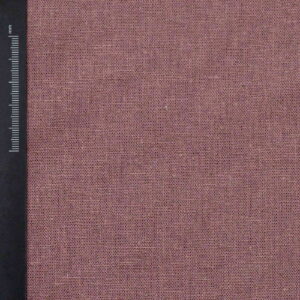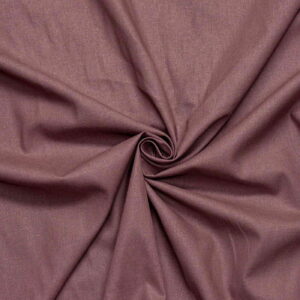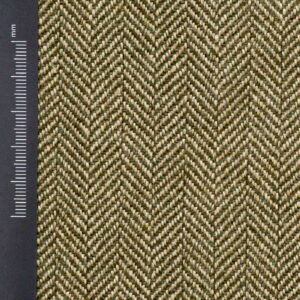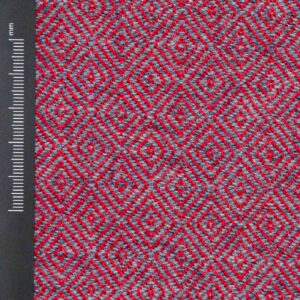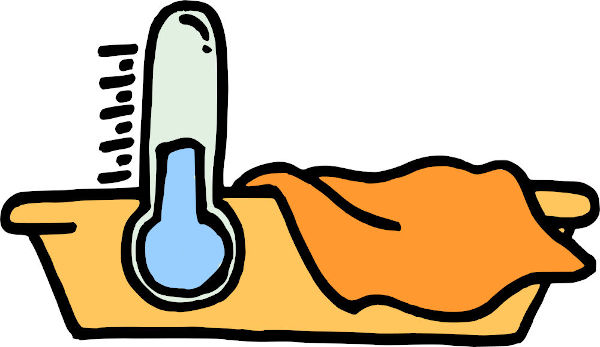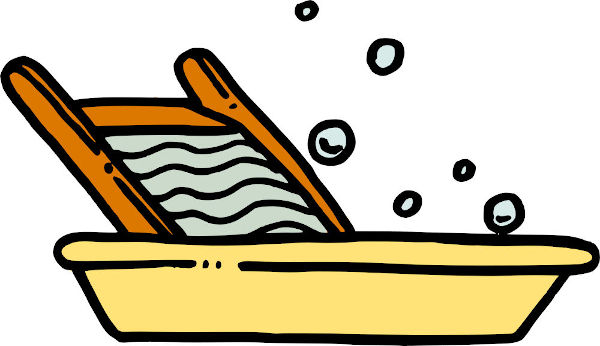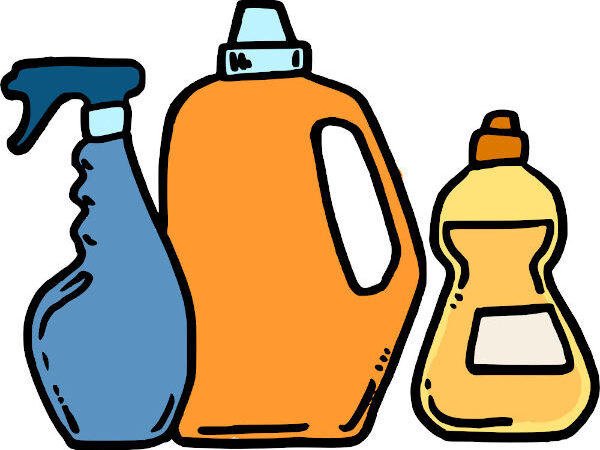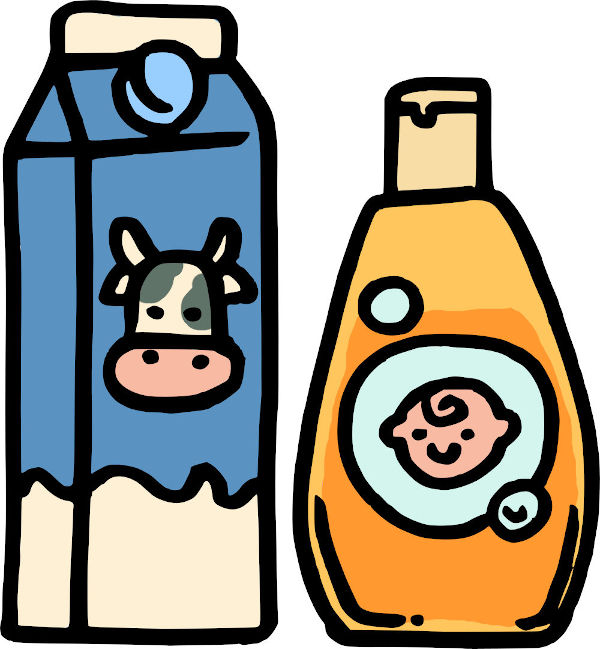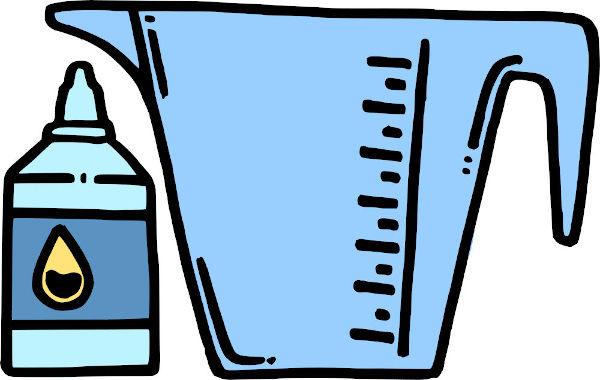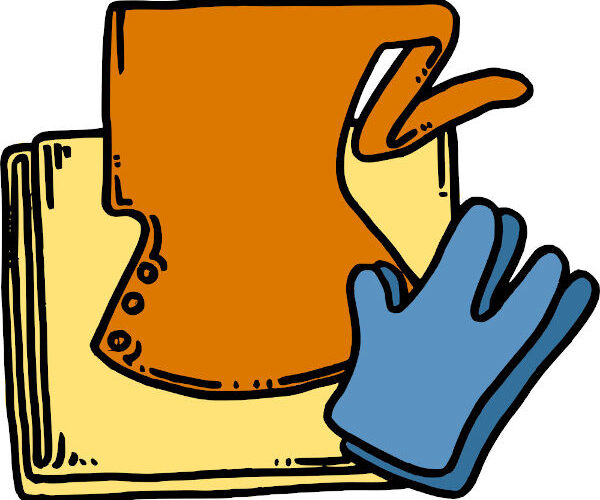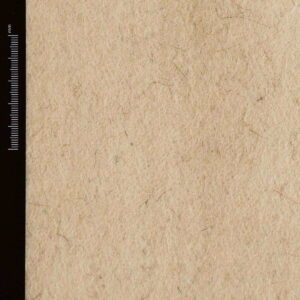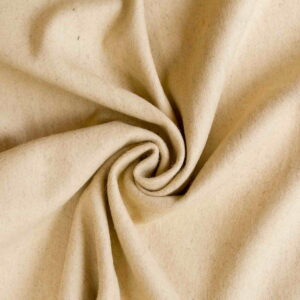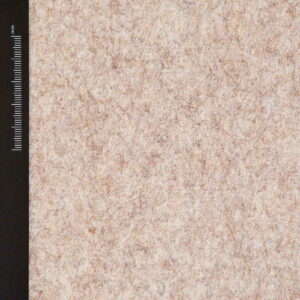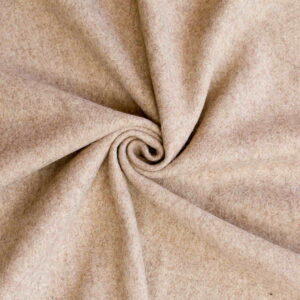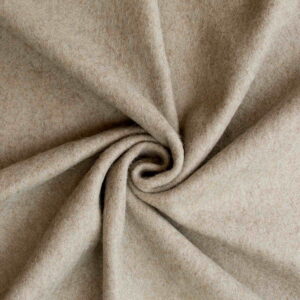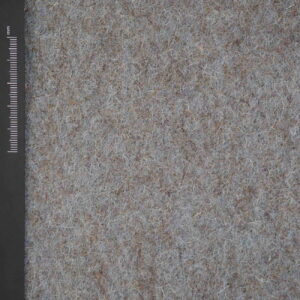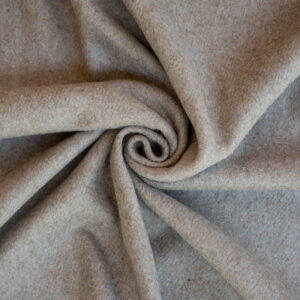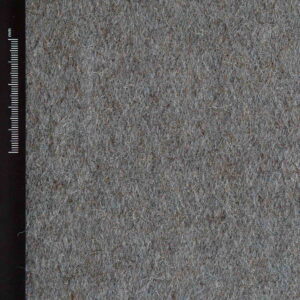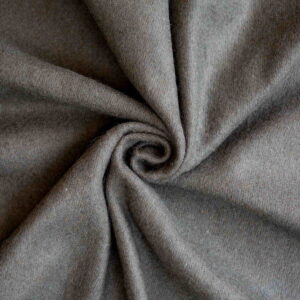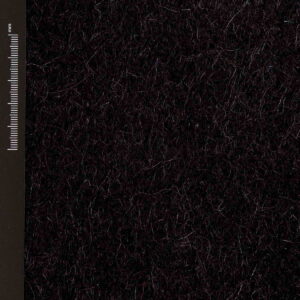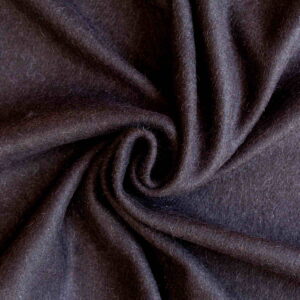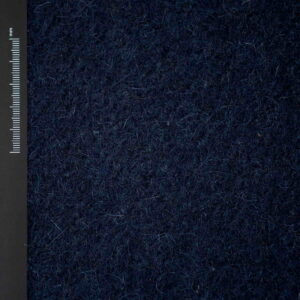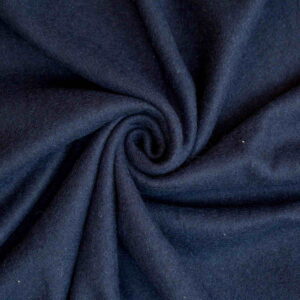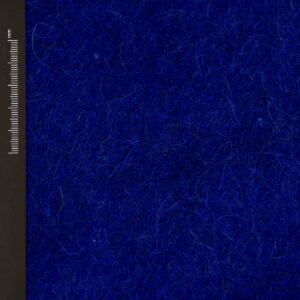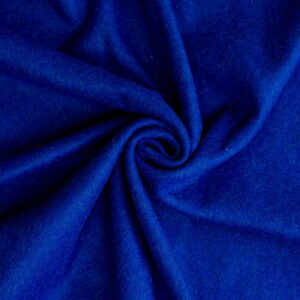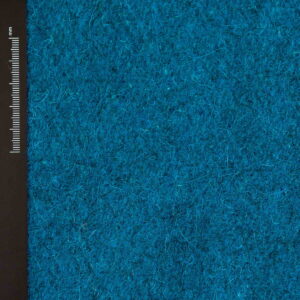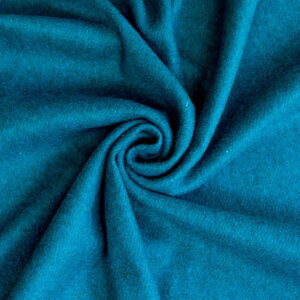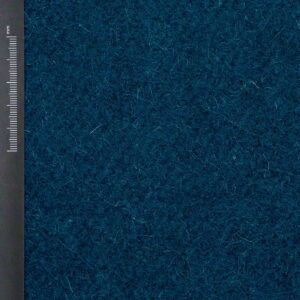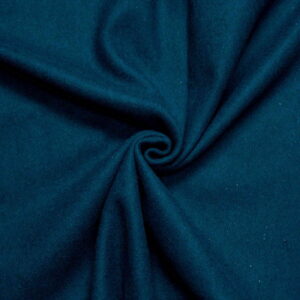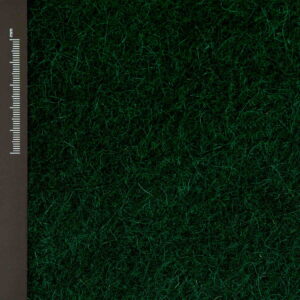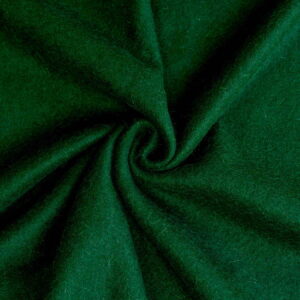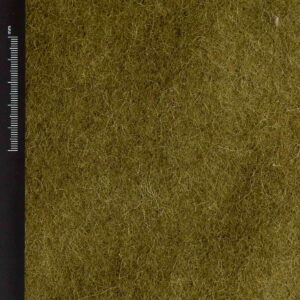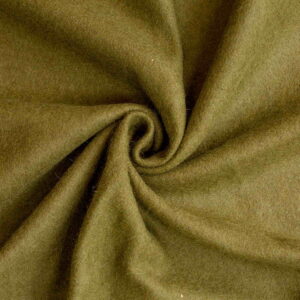Wool is one of the most popular materials used in clothing. However, sometimes it can happen that our favorite woolen thing will become felted – a process in which the fibers are shrunk and intertwined, causing the material to reduce in size and distort. Fortunately, there are effective ways to restore wool to its original appearance and elasticity. In this article, we will provide some practical advice on how to save felted wool and enjoy it for many years.
How is wool felted?
The reasons for felting of wool can be varied, but there are a few main factors that are worth understanding in order to avoid similar problems in the future. Here are some factors that can affect the felting of wool.
Temperature
Wool is sensitive to temperature changes. High temperatures can cause the fibers to shrink, which leads to felting. Avoid washing wool in hot water or drying it at high temperatures. It is recommended to use cold or lukewarm water when washing and drying gently on a flat surface. Always choose hand wash whenever possible as it gives you more control over the process. If you use a washing machine, choose a program for delicate fabrics or wool. There is also a detailed washing instruction with each of our fabrics.
Friction
Intense friction can cause wool fibers to tangle and shrink. Therefore, it is not recommended to wash wool in too much washing machine load, as well as at high speed. So it is worth choosing a wool program in which the washing machine adjusts the speed. In the case of woolen clothes, elements exposed to friction under other elements may also be felted. A natural phenomenon will be a slight felting of the material under the belt or under the straps of the backpack.
Detergents
Some detergents may be too aggressive for wool and cause it to become felted. Use only special detergents for washing wool, which are mild and not aggressive to the fibres. Avoid detergents that contain enzymes or bleach, which can damage the wool, and follow the manufacturer’s recommendations on how much and how to use the detergent.
How to repair felted wool?
Sometimes, however, it happens that even the most careful treatment of wool will not help and sooner or later the wool will become felted. There are several methods that can help. However, remember that the effectiveness of these methods may vary depending on the degree of felting and the type of wool. It’s always a good idea to test the method on a small piece of woolen cloth before proceeding with the repair.
Freezing
Freezing felted wool is one of the methods that can be used to restore its original elasticity and loosen tangled fibres. Make sure the wool is completely dry first. Then put the felted wool into a ziplock bag. The bag should be sealed to prevent moisture from entering. Place the bag of felted wool in the freezer and leave it there for at least a couple of hours. Low temperatures will help loosen the intertwined fibers. Take the wool bag out of the freezer after a few hours and let it gradually come to room temperature. Do not unwrap the wool until it is completely thawed. Sudden changes in temperature can cause the fibers to shrink more strongly. Once the wool is thawed, gently loosen the tangled fibers. Avoid too much pressure so as not to damage the fibers. Then let the wool dry naturally on a flat surface to avoid further felting.
Soaking in milk
An interesting way for felted wool is also soaking felted wool in baby shampoo and milk – wool is also a delicate hair. For this method, you need a mild baby shampoo, milk and a large bowl. In a large bowl or sink, mix warm water with a small amount of mild baby shampoo. Make sure the shampoo is well dissolved in the water. Put the felted wool into the prepared shampoo solution and gently wet it, making sure that all the material is thoroughly soaked. Leave the wool in the solution for about 15-30 minutes so that the shampoo can work on the tangled fibers. After the soaking time is up, gently massage the felted wool to loosen the intertwined fibers. Avoid too much pressure so as not to damage the fibers. After massaging the wool in the shampoo, the next step is to soak the felted wool in milk. Fill a large dish or sink with a 1:4 solution of milk and water (1 cup milk to 4 cups water) at room temperature and place the wool in the milk. Leave it there for about 4-5 hours. After soaking the wool in milk, gently rinse it in cool water to remove shampoo and milk residue. Then gently squeeze excess water from the wool and lay it on a flat surface to dry naturally. Avoid drying in direct sun or on a radiator.
Moisturizing glycerin
Soaking felted wool in glycerin can be another method that can help loosen tangled fibers. Glycerin is a moisturizing substance which can help loosen the fibers and restore the elasticity of wool. In a large bowl or sink, mix warm water with glycerin. The best ratio is 100 ml of glycerin to 4 liters of water. You can easily buy glycerin in a pharmacy, some drugstores or on the Internet. Then, put the felted wool into the prepared glycerin solution and gently soak while soaking, gently massage the felted wool to loosen the intertwined fibers. It is important to massage and knead, not rub against each other. This procedure should take about 20 minutes. After this time, gently squeeze out excess water and then dry flat.
Do lint balls on wool indicate felting?
Lint balls on wool, also known as pilling or bobbling, are the appearance of small bumps on the surface of fabrics. They occur when individual fibers lift above the fabric surface and then become trapped and tangled in the form of balls through contact with other fabrics or surfaces that come into contact with wool.
Some factors such as friction, machine washing, or wearing belts contribute to the formation of pilling. These balls are simply the result of using clothing made of wool, especially one with a short, irregular pile, such as recycled wool. It is a natural phenomenon and does not affect the quality or durability of the material. However, there are ways to reduce the amount of lint balls and keep the wool in the best condition, such as hand-washing woolen garments or using a gentle cycle, air-drying, avoiding the use of fabric softeners, and excessive rubbing of the wool.
Please note that “felting” refers to a specific process of matting and bonding wool fibers together to create a denser fabric or object. Lint balls, on the other hand, are loose fibers that form small balls on the surface of the fabric and are not necessarily related to felting.
What to do with felted wool?
It happens, however, that, unfortunately, it is sometimes impossible to repair felted wool, but this is not a reason to get rid of such a woolen thing. You can consider converting to another product. For example, you can transform felted wool into a pillow cover, gloves, seat cover or other home decoration. However, in the context of historical reconstruction, it will be perfect as a material for a hat, bag or needle case.



